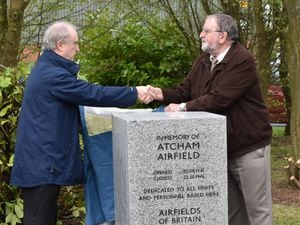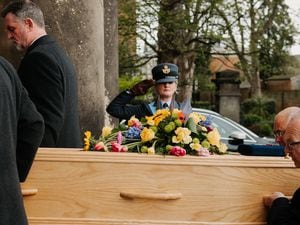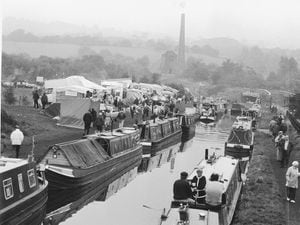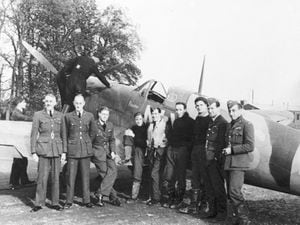Railway tracks role of its Great War heroes
Bridgnorth Cliff Railway has been highlighting the personal stories of its staff during the Great War as part of the Armistice commemorations.
A storyboard has been on display giving details, including of the railway's founder and first managing director, Sir George Croydon Marks, who played a vital role in the Ministry of Munitions under Lloyd George during the conflict.
Among the first to go to war was George Preece, attendant at the railway's top station, who left the company on October 3, 1914, to enlist. Serving in the 4th Battalion of the King's Shropshire Light Infantry, he survived the war, and returned to the railway where he was a lift operator. He died in December 1967 and his widow Agnes lived to the grand age of 98, dying in 1986.
Solicitor Godfrey Charles Cooper, the railway's first company secretary, was Captain at the local army drill hall in St Mary's Street.
Thomas Wedgwood Whitefoot was from a family which had owned the wine and spirits merchants in Bridgnorth High Street before it was acquired by Tanners and whose father, also Thomas Whitefoot, had acted as the cliff railway's first deputy chairman.
Young Thomas was in Quebec at the outbreak of the war and served on the Western Front with the Canadian Army Medical Corps.
Letters from him were published in the Bridgnorth Grammar School magazine in July 1915.
In one he writes: "I have seen quite enough slaughter. Some of the wounds were simply awful but we soon get hardened to the sights. Ypres has been a veritable hell for over a week, so they say, and is in utter ruins."
And in another: "The weather is just perfect here and the country looks lovely, altogether too peaceful for the conflict that is going on nearby. This is certainly the most senseless slaughter that civilised nations ever devised."





